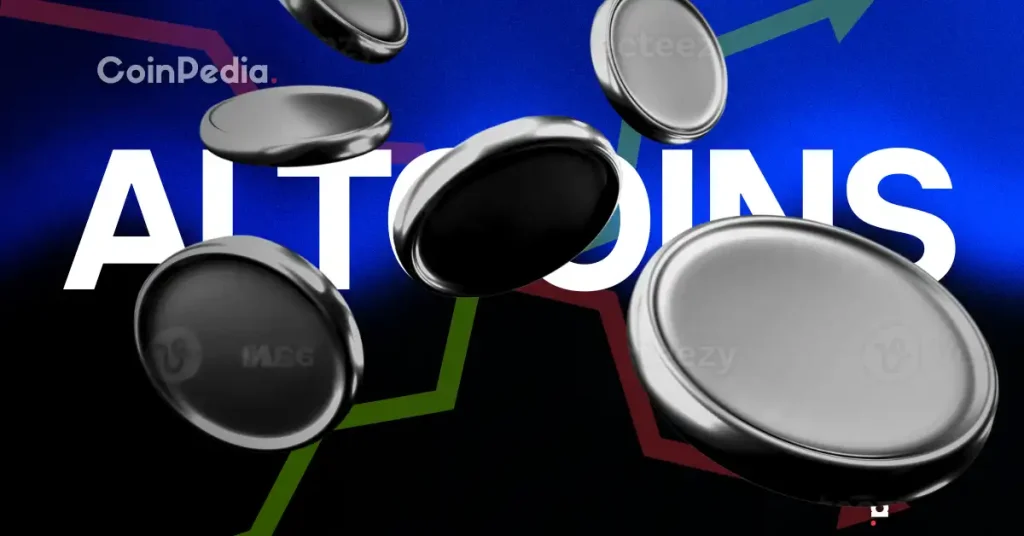Bitcoin‘s price retreated after reaching a peak of $121,770, dipping briefly to $121,172 before partially rebounding. While Bitcoin’s price dynamics fluctuate, most altcoins did not participate in the ascent, though they echoed its downturn. This development raises critical questions about the potential impact of the Federal Reserve’s recent concerns about stagflation on the crypto market.
How Are Cryptocurrency Markets Reacting?
Neel Kashkari of the Federal Reserve recently issued a stark warning about stagflation potentially affecting the U.S. economy. In the last few weeks, various Federal Reserve members have shared their views, but such a direct caution is rare. If this is a precursor to the impending Fed minutes, it could spell trouble for market stability.
“The data suggests some stagflation signals. It’s too early to know if inflation will be permanent due to tariffs.”
According to the World Trade Organization, the effects of tariffs will likely emerge next year. Their statement ignited fears that inflation, which has seen limited growth recently, could intensify in the coming months. This apprehension has sent ripples through the U.S. markets, and Bitcoin has not remained unscathed.
What Does Stagflation Mean for the Economy?
Inflation is marked by a rise in prices and higher interest rates. In contrast, a recession involves economic stagnation with increasing joblessness. Currently, the U.S. is grappling with sluggish growth, rising unemployment, and increased prices, a trifecta that defines stagflation, according to Kashkari.
Concerns are growing as ADP’s labor market data shows a negative trend. The question of how tariffs will influence inflation and the timeframe remains unsettled. With the U.S. significantly raising its effective tariff rate, some Federal Reserve members doubt the validity of short-term effect data.
Potential outcomes could include accelerated inflation and widespread unemployment if layoffs occur amid reduced job creation. Such scenarios could place the Federal Reserve in a tight corner, an unwelcome situation for risk markets.
Noteworthy points include:
- The U.S.’s significant tariff rate hike could have long-term effects on inflation.
- A reduction in job creation could result in job market instability.
- Stagflation poses significant difficulties for monetary policy decisions.
These developments suggest a precarious position for both the crypto markets and broader financial systems. Monitoring the Federal Reserve’s actions moving forward will be critical as the economy navigates these challenging conditions.
Disclaimer: The information contained in this article does not constitute investment advice. Investors should be aware that cryptocurrencies carry high volatility and therefore risk, and should conduct their own research.
















 English (US)
English (US)